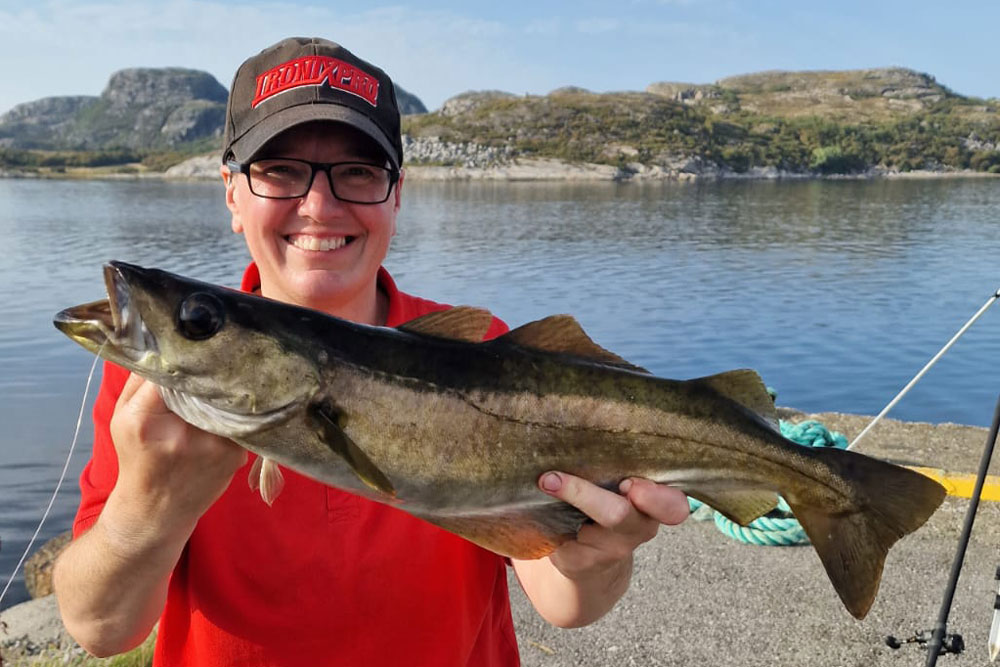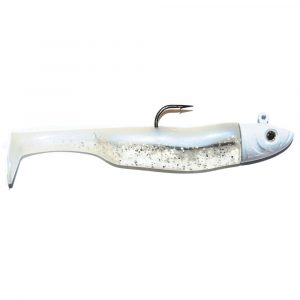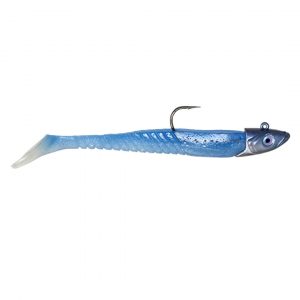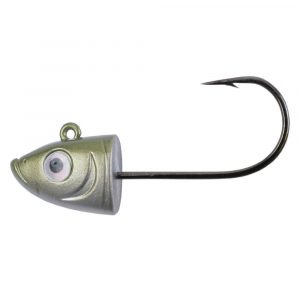If you want to target a big shore pollack, that is a fish over 4lbs, then October into November is the ideal time to do it. The fish are in prime condition and feeding heavily, they are inshore in numbers, plus are evenly distributed.
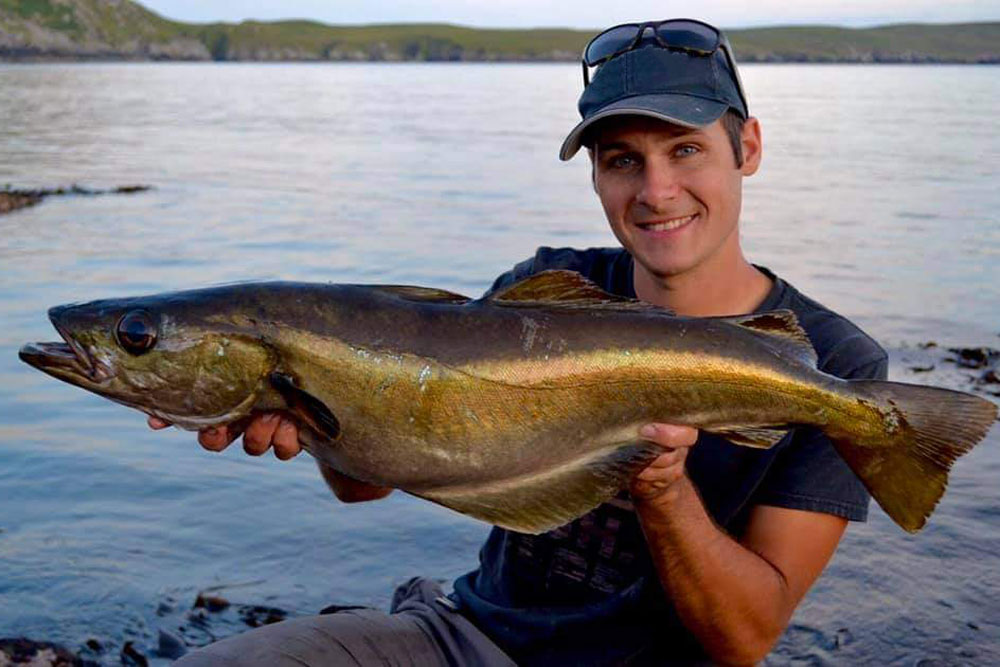
When to Fish
Pollack are available from the shore from May right through to January, but in February, the fish move out to deeper water, the bigger fish for spawning and the smaller fish to find some shelter from the winter storms.
From May to August, numbers build up consistently, but in September, the bigger fish move tighter inshore to feed on the sandeel and small baitfish shoals. An old saying, “When the corn is on the crock, the fish are on the rock” is very accurate and is a direct reference to this.
Where to Fish
Small pollack to 2lbs can be found around jetties and pier supports, but the bigger fish will be found maybe off breakwaters that give into deeper water, but more so the open sea rock ledges that fall sheer into the sea into a good depth.
They seek rough ground with rising rock pinnacles and sheer rock walls, also kelp weed beds. They also favour areas where surface breaking rocks or small islands lay within casting distance of the shore and funnel the tide. Small baitfish and sandeels get pushed through here, and the pollack wait to ambush them.
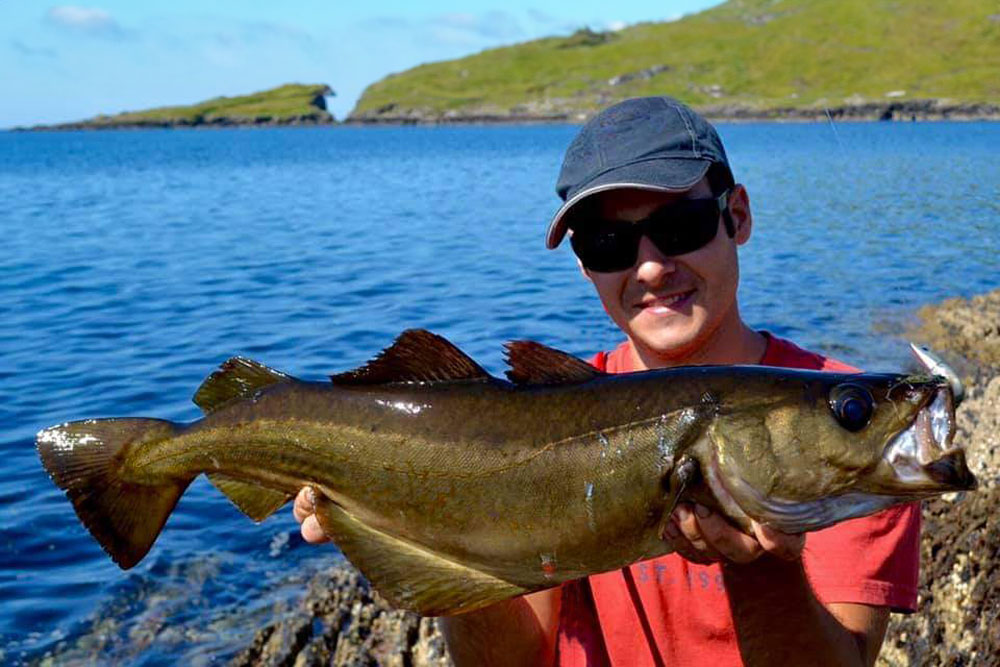
Weather and Tides
Safety means you need to choose settled weather with slight seas and minimal onshore winds to limit sea swell. Choose rock ledges and breakwaters that allow easy and quick access off should a bigger than average wave appear, and always fish in pairs with those at home aware of exactly where you are and when you will be home.
Sunny days are OK, but as with so many fishing situations, some cloud cover and a slight ripple on the water will fish much better as light levels are reduced through the water column.
Pollack like some tide run, so expect low water slack to be poor bar for small fish, but as the tide increases through the middle three hours of the flood, then the bites can come thick and fast. The ebb tide can also be good, but if the fish are well fed during the flood, then numbers caught can be limited.
Shore Pollack Fishing Tackle
Keeping it totally simple, a 9 to 10ft spinning rod rated to cast up to 2 to 3ozs (up to 80g) is ample with a 4000 sized fixed spool, like the HTO Nebula. Load the reel with 20lb AXIA PE Braid with a 20lb AXIA Fluorocarbon leader, this should be long enough to wrap around the reel spool six times. This will cover the length of the rod, plus have 3ft to spare. This acts to disguise the coloured braid from the fish and also adds a good degree of abrasion resistance when fishing around rocks.
-
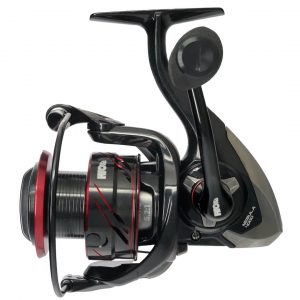 HTO Nebula Reels£109.99 – £129.99
HTO Nebula Reels£109.99 – £129.99 -
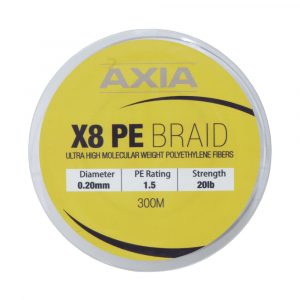 AXIA X8 PE Braid£22.99 – £127.99
AXIA X8 PE Braid£22.99 – £127.99 -
 AXIA Fluorocarbon£8.99 – £14.99
AXIA Fluorocarbon£8.99 – £14.99
The old school method is to tie on a Tronixpro 3-Way swivel to the leader, then add a small link clip to the middle eye which will take the lead weight. The hook length should be 15 to 18lb AXIA Fluorocarbon around 4ft in length and tie this to the free eye on the swivel.
Leads of 1 to 2oz will cover most situations, but carry some 3oz to cover any issues with faster tide runs and deeper water.
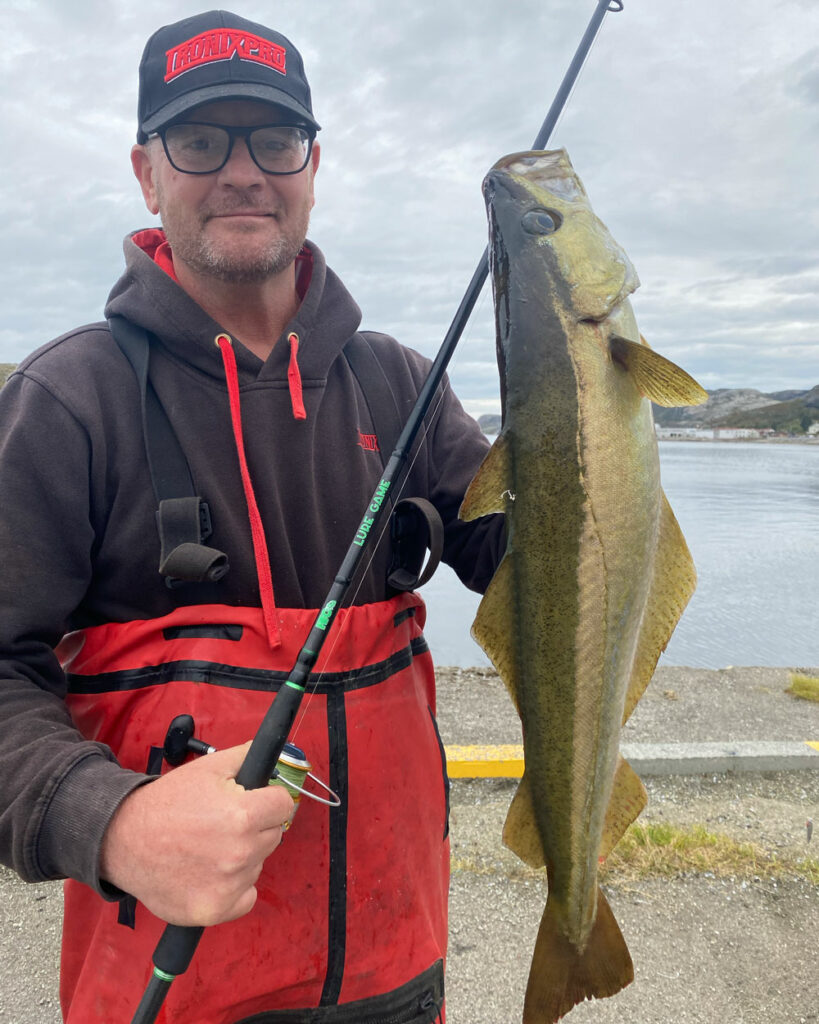
Lures to Try
Soft sandeel and small baitfish imitations are the way to go, as this is what the fish are naturally feeding on.
Shad with a weighted head are excellent, as are sandeels. Carry these in a few sizes from small to medium, say 1-inch to 6-inches, and experiment with different sizes on the day until you establish exactly what the fish want.
The same goes for lure colour. Try white, yellow, and white and orange by day, but in cloudy overcast conditions or at dusk and dawn revert to black, green, or red to maximise the silhouette the fish see when looking upwards.
AXIA Mighty Minnows and Mighty Eels are perfect for this type of fishing.
Method
When casting from breakwaters, aim to cast and retrieve the lures just out from the edge of the breakwater and back along its length. This covers any pollack living holes between the breakwater rocks.
Look for rock ledges with a rocky island just offshore. This narrow sound of water concentrates the tide and increases its seed and pollack are always found here near to or within a tide race, though can often sit under it or to one side where the flow is easier.
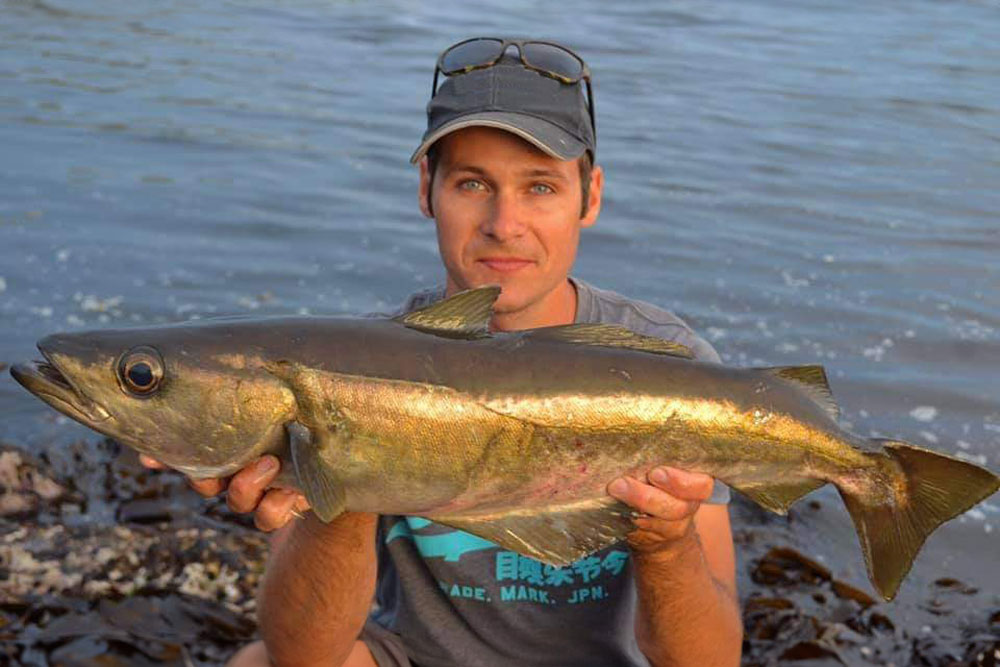
From rock ledges, imagine a fan shape in front of you. This is your casting arc. Begin by casting to the extreme left and then with each cast come back across the fan shape through the middle and to the full right. This means you are covering maximum water. You’ll locate areas of rising rock pinnacles, rock walls and ledge sand areas where bigger boulders form the seabed contours. These are where the pollack will be. You can typically catch a couple of fish from one such area, as the fish will also shoal here in small groups.
After casting, feel the weight down until it touches the seabed rocks. Instantly lift the rod and start a slow, steady retrieve. This will bring the lure initially in a shallow upwards angle up off the seabed, then steeply climb as the line shortens. Bites are most likely as the lure starts to climb steeply, but always fish the fully out as pollack can follow a lure in unsure whether to take it or not.
It's also worth varying the retrieve rate by either slowing it right down with shore rapid bursts of acceleration or speeding up the general retrieve.
Takes are a sudden increase in pressure on the rod tip, and you must keep winding, don’t stop. The rod tip will then pull over as the hook hits home and the fish turns to crash dive to the bottom. Have your reel drag set to grudgingly give line on demand and keep the pressure on to turn the fish. Control this first dive, and any others will be shorter and less powerful. Now just pump the fish in, letting it take line when it wants to.
Aim to have two or three rock platforms you can move to, as often you’ll find fish are absent in one area, but in good numbers on another close by. This is the fish responding to available food supply where baitfish numbers are more concentrated.
